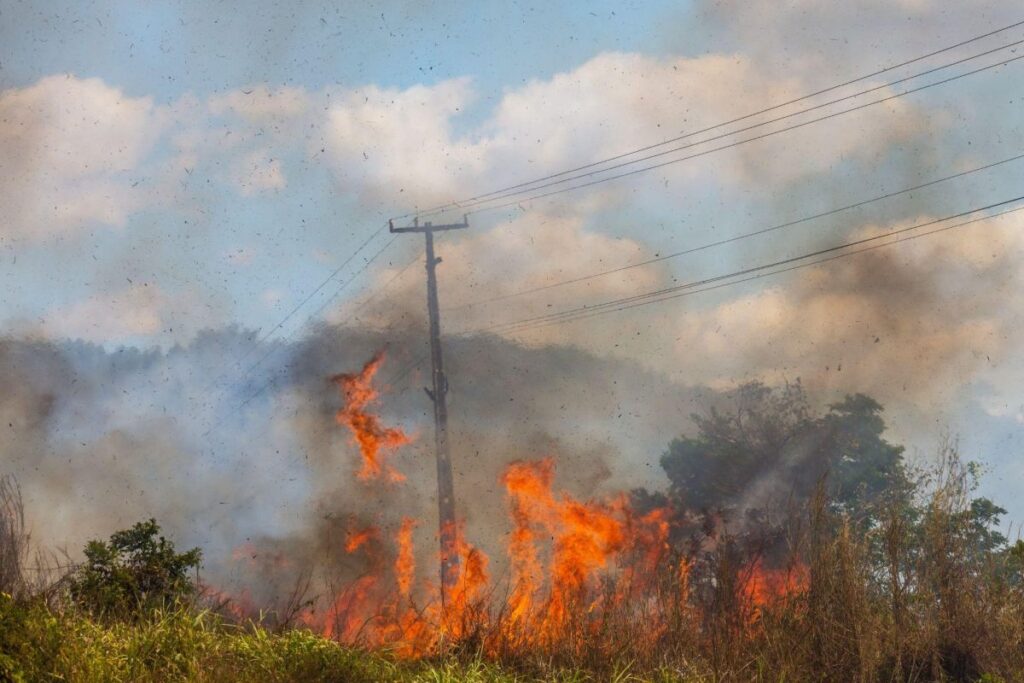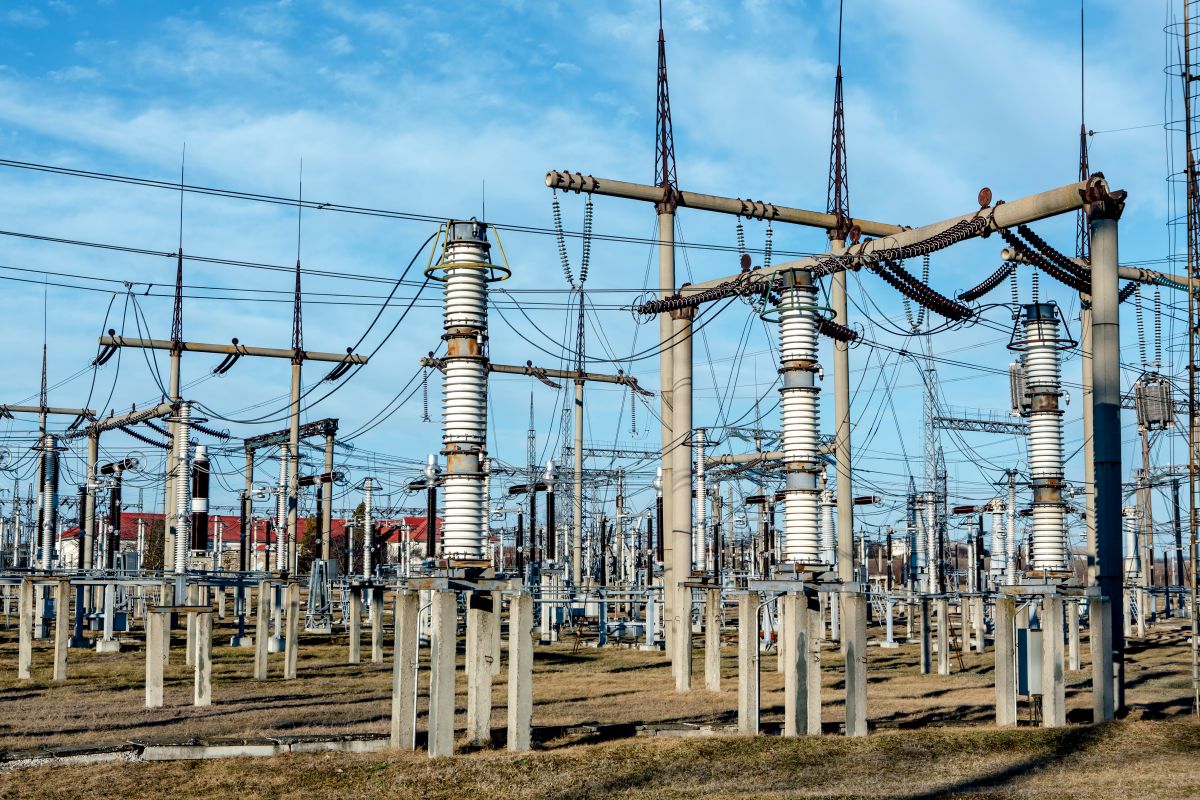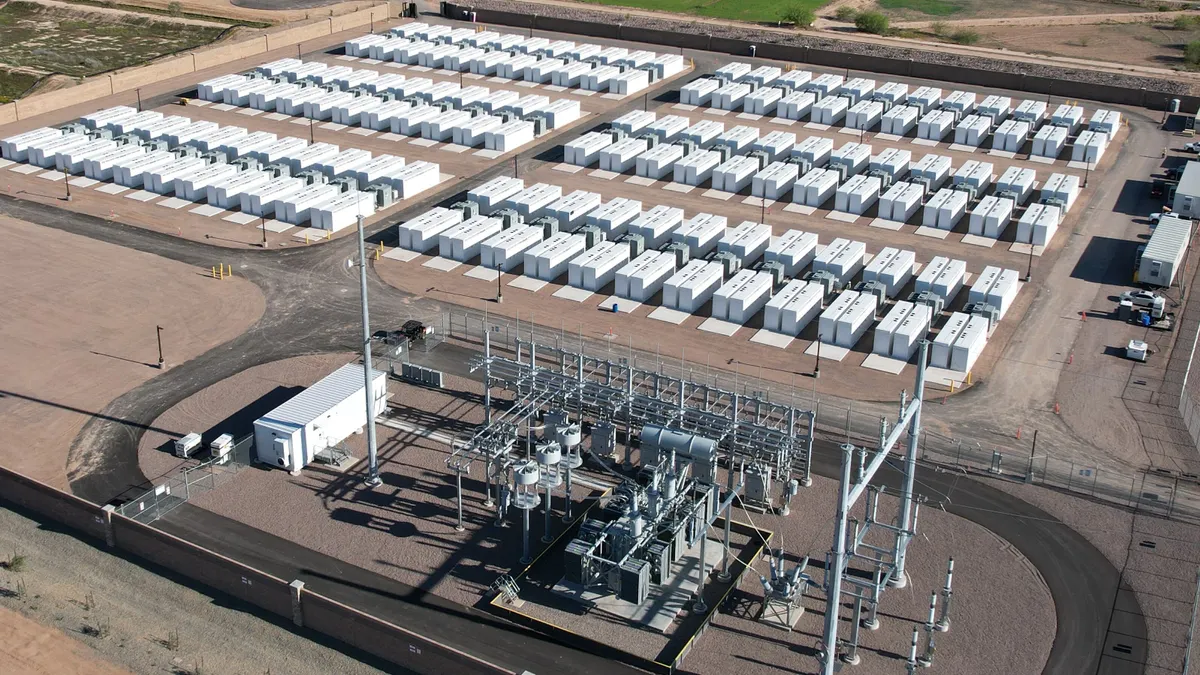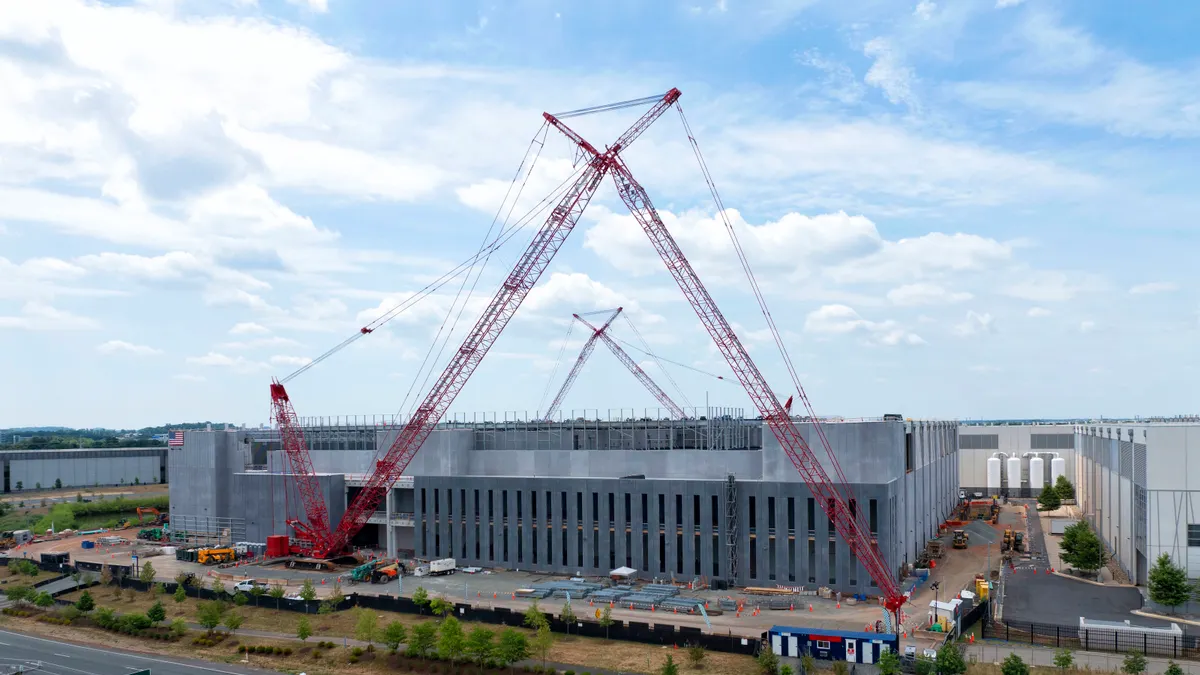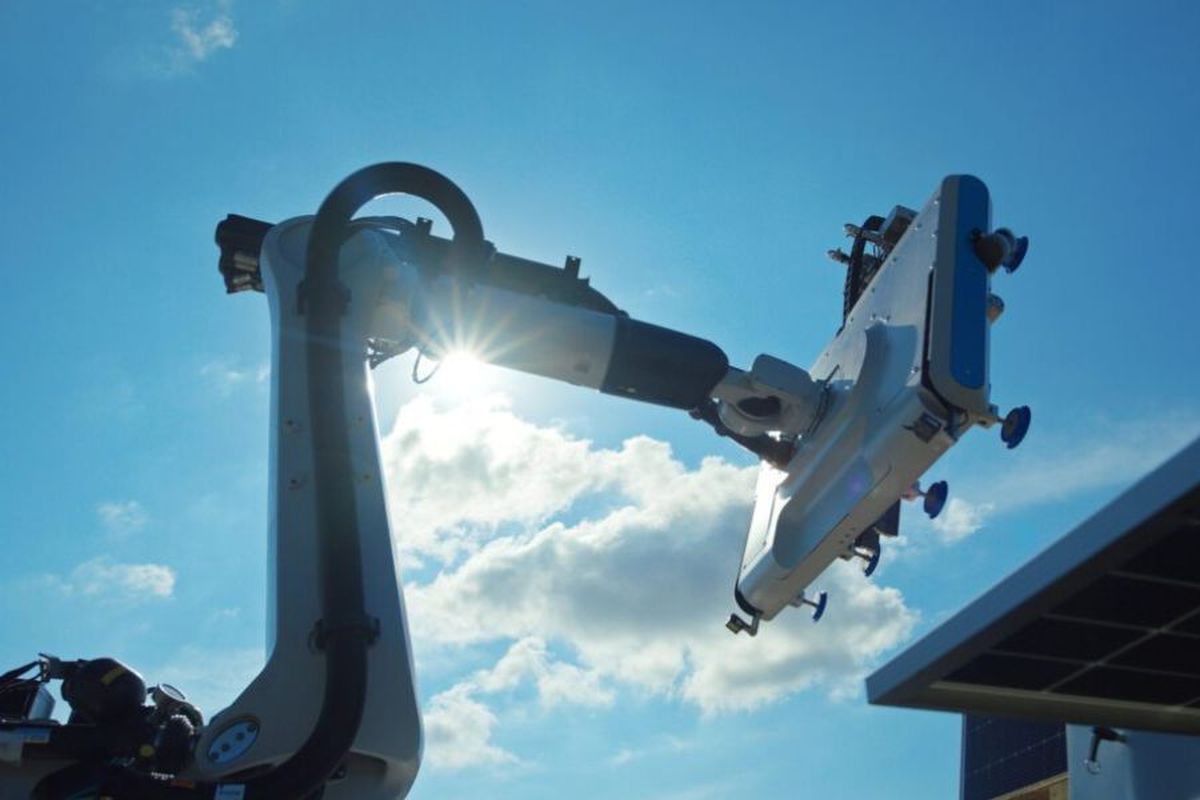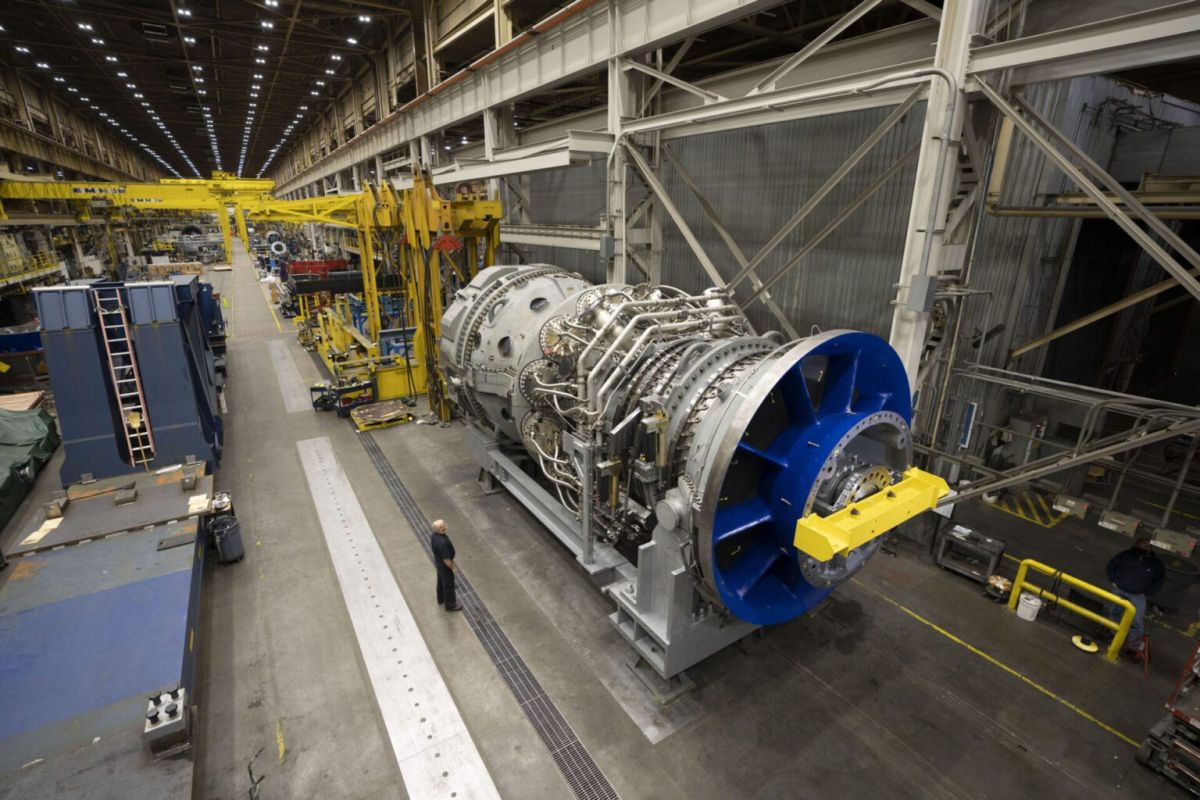WWW.POWER-GRID.COM
The utility industry traditionally thinks of wildfire risk and mitigation as challenges for their colleagues out West. To be sure, the dry, hot region has played host to some of the largest fires in recent memory, including a 2018 blaze that killed 85 people and led to the bankruptcy of Pacific Gas and Electric.
But climate change is shattering that geographic constraint (or better put, misconception). Due to the heightening risk, utilities across the country are fortifying their wildfire plans, and artificial intelligence is helping to spot ignitions before they develop into potentially deadly, multi-million dollar disasters.
It’s a fairly new phenomenon for utilities in the Midwest, Northeast, and Southeast to invest in these tools. While Maine, Michigan, and Wisconsin played host to some of the largest and most deadly fires in U.S. history, the limited frequency of ignitions can make prudent investment hard to justify. Utility wildfire experts in the West say the tone has shifted, especially in recent years, as liabilities and insurance premiums skyrocketed.
“There is no place that hasn’t had wildfire history. It’s not a West Coast problem,” Dan Nuñez, Portland General Electric’s senior manager of wildfire planning and analytics, said during a recent POWERGRID webinar. “Every utility should be thinking about (wildfires).”
Think of utility wildfire mitigation like a pyramid. System hardening is the foundation supporting situational awareness, operations, and the last resort: public safety power shutoff. A sound wildfire mitigation strategy requires each of those layers – removing even one opens a utility to significant risk.
There is no national standard for utility wildfire mitigation programs or financial safety net for utility-caused ignitions. The California Wildfire Fund was established in 2019 to distribute risk among the state’s three investor-owned utilities – PG&E, Southern California Edison, and San Diego Gas & Electric – but utilities elsewhere are forced to go it alone, despite their vested interest in each other’s strategies.
A wildfire impacting one utility has a cascading effect on insurance premiums for the broader industry, experts say. Policy underwriters are largely moving toward only offering risk-adjusted pricing, meaning an individual utility is judged on the resilience of the industry at large, not their own wildfire strategy. As a result, government organizations and larger utilities may need to subsidize wildfire investments for smaller utilities, like municipalities and cooperatives.
“It used to be that’s not my fire, not my problem,” Wade Ward, Arizona Public Service’s wildfire mitigation manager, said. “It doesn’t matter where the fire is now in the world. When something happens in somebody else’s territory, it’s ultimately going to affect us.”
A suite of advanced tools powered by AI has emerged to help utilities combat wildfire risks. These satellites, sensors, cameras, and software programs aim to identify a utility’s risks – aging infrastructure, vegetation, fuel sources, etc. – and pinpoint ignitions in real time.
The “game-changer” in wildfire mitigation has been the advent of AI-enabled cameras, according to Andy Abranches, PG&E’s senior director of wildfire risk mitigation, which are relatively easy to deploy and inexpensive.
Pano AI is an earlier leader in the space, signing deals with PG&E, Portland General Electric, and Austin Energy. In June, Colorado utilities Xcel Energy and CORE Electric said they detected a fire that was started by a lightning strike using their network of Pano AI cameras. Fire suppression crews responded within 30 minutes of the notification, limiting the fire to just three acres. Pano AI cameras have beaten satellite and 9-1-1 notifications by over two hours in Portland General Electric’s territory, Nuñez said.
Southern California Edison, SDG&E, and PG&E partnered in the ALERTWest network of 1,400 publicly accessible point, tilt, and zoom (PTZ) cameras. The company, which was born out of a public-private partnership between Digital Path and UC San Diego, is also deploying 78 cameras for Hawaiian Electric.
Since ignitions often occur in remote areas, wildfires can grow for days, gaining momentum, undetected. The return on investment for AI cameras can be met in as little as one fire, utility leaders say. ALERTWest says the cost of a single PTZ setup has come down to around $10,000.
“Fundamentally, what these cameras are doing is they’re monitoring very much like a watchtower in a national forest,” Abranches said. “From a cost perspective, I think these cameras are a game-changer and should be put in some of (a utility’s) riskiest locations.”
Arizona Public Service is earlier in its wildfire mitigation journey than PG&E and Portland General Electric having installed its first of 35 new detection cameras on Oct. 10. To further drive down costs and deployment timelines, APS is only installing the cameras on existing infrastructure, including transmission towers and weather stations.
APS’ wildfire mitigation strategy began to shape a year and a half ago when the utility first considered implementing a public safety power shutoff (PSPS) program. PSPS proactively cuts power to areas at high risk for wildfire ignition but can leave customers without power for hours or days. Especially in areas with intense heat, like Arizona, PSPS needs to be tactically executed. Without accurate data, that’s nearly impossible.
“We realized that we had one public (Remote Automatic Weather Station) within one mile of our PSPS circuits. That was not a data-driven decision,” Ward said, noting weather stations are now installed on each of APS’ 13 PSPS circuits. “Quickly we realized that we needed to deploy as many weather stations as we possibly can.”
Paired with AI, weather stations are also taking on an enhanced role within utilities. While climate will vary from region to region, each weather station is collecting data that will ultimately improve models used by utilities around the world.
Software provider Technosylva incorporates weather data, along with real-time fuel analysis and asset health, to provide utilities with a week-ahead view of their most vulnerable assets. The company’s platform, which is used by the three California investor-owned utilities, as well as PacifiCorp and Xcel Energy, uses AI to analyze circuits best suited for undergrounding, vegetation management priorities, and PSPS impact.
Technosylva CEO Bryan Spear told POWERGRID that his company is garnering interest from utilities throughout the U.S., not just in the fire-prone West. The company now has customers in 15 states.
“Much of this has been over the past 18 months,” Spear said.
Wholistic wildfire mitigation investment often requires either a regulatory mandate or cross-departmental buy-in at a utility. Key to securing the latter, experts say, is demonstrating value beyond the wildfire use case.
One example is the startup Gridware, which has deployed its off-grid sensors for utilities in eight states, including PG&E and Puget Sound Energy. The low-cost sensors can be attached to existing poles in around 10 minutes, alerting utilities of fault locations and environmental conditions tied to wildfires. But the sensors can also be used to detect vegetation contacts and monitor asset health without a cellular connection.
“You need to be able to demonstrate that when you’re making a decision that the value proposition you’re getting from that decision is not just reducing wildfire risk, it’s also bringing storm benefits and reliability benefits and maintenance benefits,” Portland General Electric’s Nuñez said.
Faced with the risks and impacts of climate change, every utility needs a sound wildfire mitigation strategy – one that encapsulates planning, situational awareness, and operations. But even as ubiquitous as the phrase climate change has become, it falls short of emphasizing the urgency of the crisis.
“We’re living in a changed climate,” PG&E’s Abranches said. “We have to really face up to that.”



